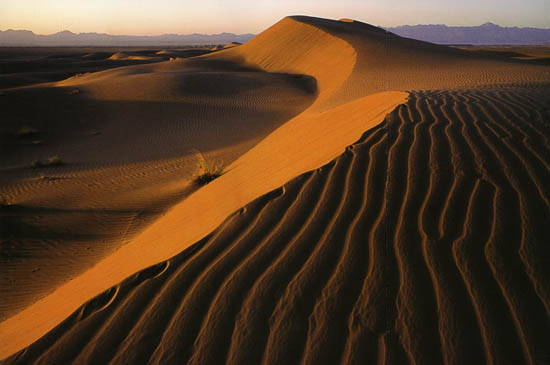
But the Persian desert is not dead. Drought-tolerant plants live on the salty sand, which serve as hiding places and food for a wide variety of animals. And where the wells drilled down to the underground water tables, and the several thousand year old underground channel system, based on them, makes it possible, villages, cities and caravanserais grow out of the ground, they irrigate the fields, they produce rice, saffron, pistachios.
In contrast to us Europeans, the Iranians do not consider the desert as a wilderness. The Indo-European names for this land, desert, Wüste, pustina, come from the Latin, Germanic or Slavic words for “abandoned, empty”, while the origin of Persian کویر kavir is the verb “surround, accept”, related to Latin capere. The Iranian city dwellers go on excursons and picnics to the desert with the same excitement and curiosity as we go to the mountains. And as to the relationship of the local farmers to the desert, the renowned Iranian photographer Nasrollah Kasraian writes this in the introduction of his recently published album کویرهای ایران Kavirhâ-ye Irân, “The deserts of Iran”:
 “On my way from the Agha Ali Abbas sanctuary to Maranjab I sat down for a rest with a few Afghan day-laborers and a middle-aged, amiable Esfahani farmer. He grew melons on his small plot, and invited me to a cup of tea. I told him that I was taking pictures of the desert. He said he couldn’t read or write, but he regarded the desert beautiful. He had been to the Caspian Sea, where everything was green, and he found it monotonous. To him, every corner of the desert was of a different hue. There was so much to see. You may suddenly come upon a yellow hill, he said, and wonder who has sprayed so much color on that hillside. A little further you will also discover a silver band on the same hill. I had to agree with him. I could read and write, but those things were only useful for specific purposes. Here, I said, it is only the eye that counts and we both saw the same things. I have been after these scenes for the past thirty years or so, I continued, I just want to show them to others as well.”
“On my way from the Agha Ali Abbas sanctuary to Maranjab I sat down for a rest with a few Afghan day-laborers and a middle-aged, amiable Esfahani farmer. He grew melons on his small plot, and invited me to a cup of tea. I told him that I was taking pictures of the desert. He said he couldn’t read or write, but he regarded the desert beautiful. He had been to the Caspian Sea, where everything was green, and he found it monotonous. To him, every corner of the desert was of a different hue. There was so much to see. You may suddenly come upon a yellow hill, he said, and wonder who has sprayed so much color on that hillside. A little further you will also discover a silver band on the same hill. I had to agree with him. I could read and write, but those things were only useful for specific purposes. Here, I said, it is only the eye that counts and we both saw the same things. I have been after these scenes for the past thirty years or so, I continued, I just want to show them to others as well.”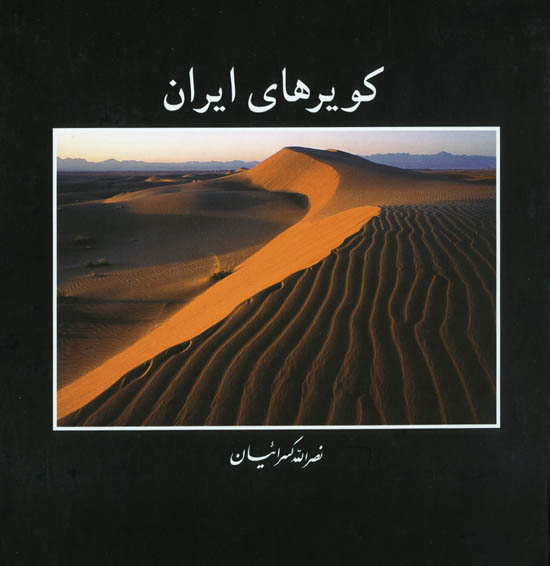
Kasraian, a member of a large Iranian family of artists, has photographed Iran since 1966. He has published twenty albums on the historical cities of Iran, as well as on the Iranian nomads, from the Turkmens to the Kurds and Balujis. Since the late 1970s he has rambled the desert. In his new album, he has published a hundred and fifty photos from the work of nearly forty years.
 The settlements of the Iranian desert, illustrated with the photos by Kasraian. The edge of the Iranian “saucer” is actually circular, but its upper and eastern part was separated in the early 19th century by the Russian and British powers from Persia as Tajikistan and Afghanistan. The Iranians speak about the desert as one continuous region, only 19th-century European geography distinguished the northern Salty Plains (Kavir) from the southern Barren Desert (Lut).
The settlements of the Iranian desert, illustrated with the photos by Kasraian. The edge of the Iranian “saucer” is actually circular, but its upper and eastern part was separated in the early 19th century by the Russian and British powers from Persia as Tajikistan and Afghanistan. The Iranians speak about the desert as one continuous region, only 19th-century European geography distinguished the northern Salty Plains (Kavir) from the southern Barren Desert (Lut).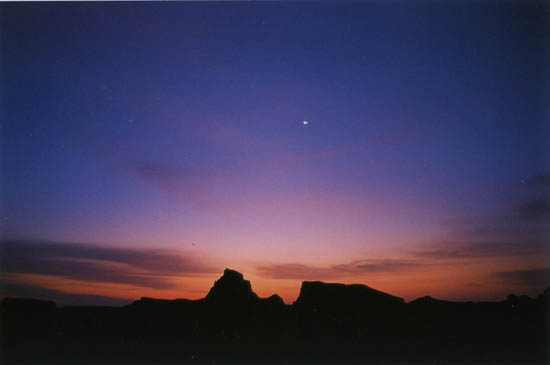
Kayhan Kalhor (kamanche): شب کویر (Shab-e kavir, The night of the desert, 6:15). From the album شب، سکوت و کویر (Shab, sokut ve kavir, Night, silence and desert)





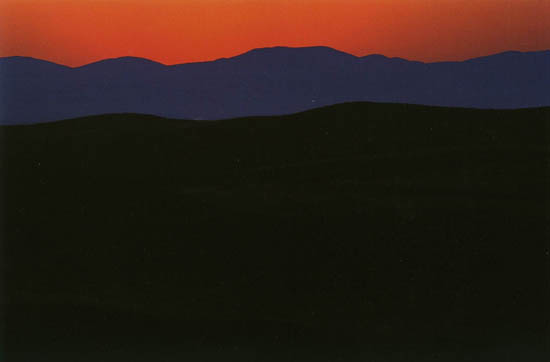
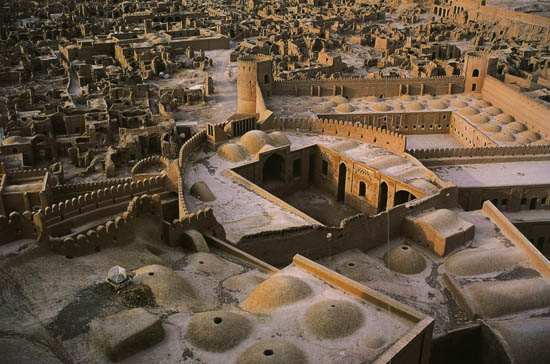
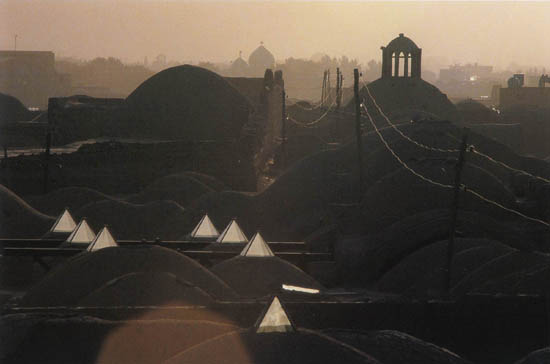
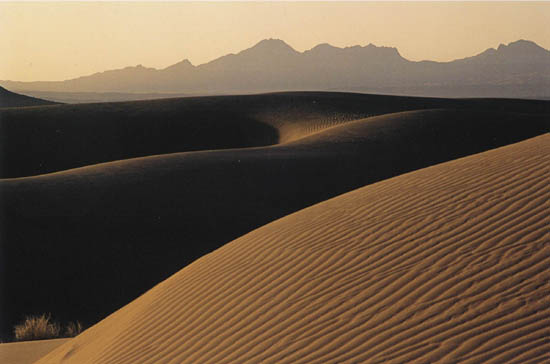
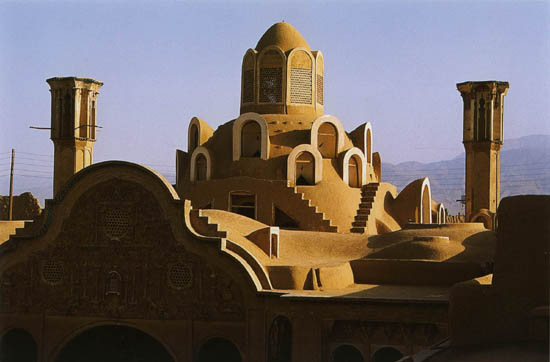

























































No hay comentarios:
Publicar un comentario